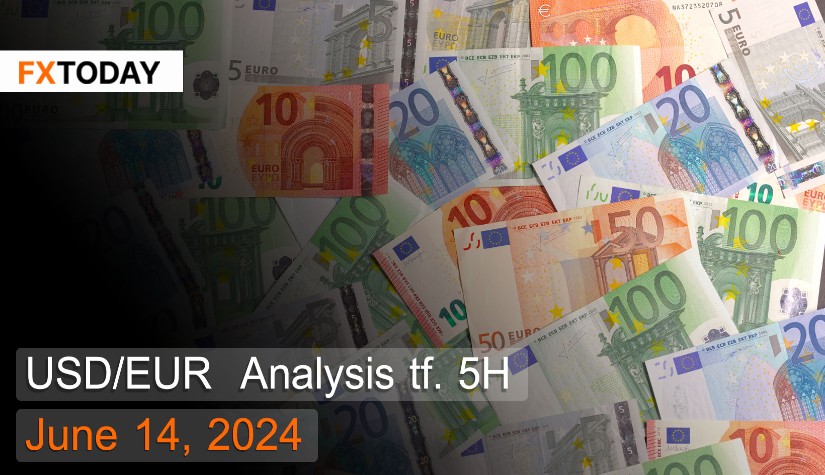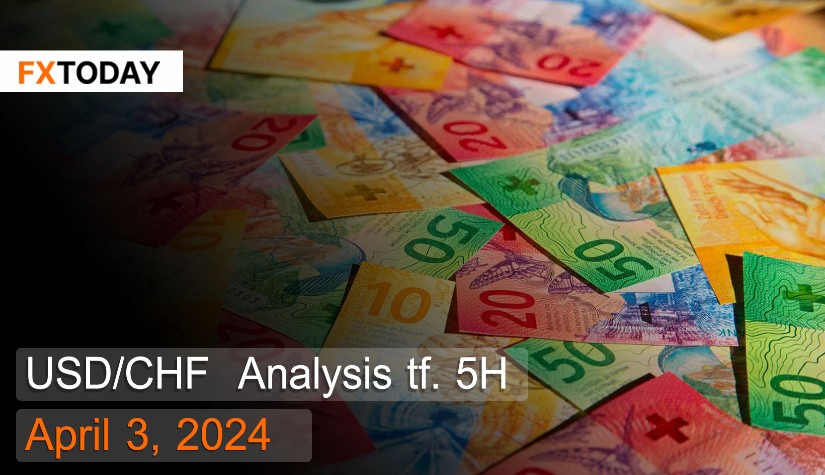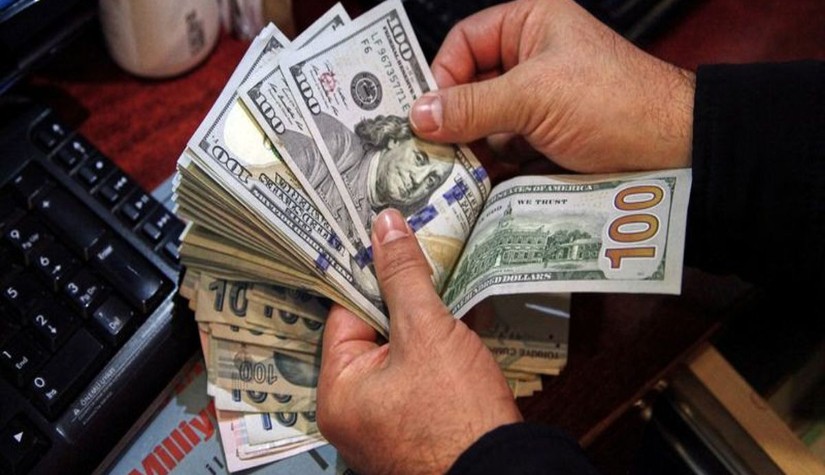The European Central Bank (ECB) has cut interest rates for the first time in its latest meeting.
The euro has slightly weakened, pressured by this interest rate cut and political uncertainty in France. French President Emmanuel Macron has called for legislative elections, causing significant concerns about fiscal stability and national debt levels. This has led to a rapid sell-off of bonds in France and Italy. Additionally, policy changes earlier this year, such as raising the retirement age, have caused widespread dissatisfaction, potentially impacting the overall economy.
Industrial production in the euro area decreased by 0.1% month-on-month in April, continuing to slow after a 0.5% decline the previous month. The slowdown in production was mainly in intermediate goods, which are used to produce other goods, decreasing by 0.4%. However, consumer goods production increased by 3.4%, supported by the recent easing of monetary policies.
The ECB cut interest rates by 25 basis points in June, the first reduction after a prolonged period of holding rates steady. This move was in line with market expectations, as inflation has decreased to a satisfactory level. Inflation has dropped by over 2.5% since September 2023. However, price pressures for goods and services remain high, indicating a potential for inflation to rise again if domestic demand becomes excessive.
The ECB aims to maintain a sufficiently tight policy rate to prevent inflation from rising too quickly and keep it within the target range. The forecasted average inflation rates are 2.5% in 2024, 2.2% in 2025, and 1.9% in 2026. Core inflation, excluding volatile energy and food prices, is projected to average 2.8% in 2024, 2.2% in 2025, and 2.0% in 2026. Economic growth is expected to increase to 0.9% in 2024.
The euro area recorded a trade surplus of 15 billion euros in April, below market expectations of 20 billion euros. Imports increased by 1.8% to 232.5 billion euros, mainly driven by machinery and production equipment. Exports rose by 1.4% to 247.6 billion euros, primarily due to a decrease in energy product exports, while exports of chemicals, food, and beverages increased by over 15.1%, driven by recovering foreign demand.
Techical analysis data (5H)
Resistance: 0.9371, 0.9387, 0.9405
Source: Investing.com
Buy/Long 1: If the price touches support in the price range of 0.9321 - 0.9338 but cannot break the support at 0.9338, you may set a TP at approximately 0.9387 and SL at around 0.9304 or according to your acceptable risk.
Buy/Long 2: If the price breaks the resistance in the price range of 0.9371 - 0.9387, you may set a TP at approximately 0.9405 and SL at around 0.9321 or according to your acceptable risk.
Sell/Short 1: If the price touches resistance in the price range of 0.9371 - 0.9387 but cannot break the resistance at 0.9371, you may set a TP at approximately 0.9321 and SL at around 0.9405 or according to your acceptable risk.
Sell/Short 2: If the price breaks the support in the price range of 0.9321 - 0.9338, you may set a TP at approximately 0.9304 and SL at around 0.9387 or according to your acceptable risk.
Pivot point June 14, 2024 09:20 PM. GMT+7
|
Name
|
S3
|
S2
|
S1
|
Pivot Points
|
R1
|
R2
|
R3
|
| Classic | 0.9304 | 0.9321 | 0.9338 | 0.9354 | 0.9371 | 0.9387 | 0.9405 |
| Fibonacci | 0.9321 | 0.9333 | 0.9341 | 0.9354 | 0.9367 | 0.9375 | 0.9387 |
| Camarilla | 0.9345 | 0.9348 | 0.9351 | 0.9354 | 0.9357 | 0.936 | 0.9363 |
| Woodie's | 0.9304 | 0.9321 | 0.9338 | 0.9354 | 0.9371 | 0.9387 | 0.9405 |
| DeMark's | - | - | 0.9345 | 0.9358 | 0.9379 | - | - |
















